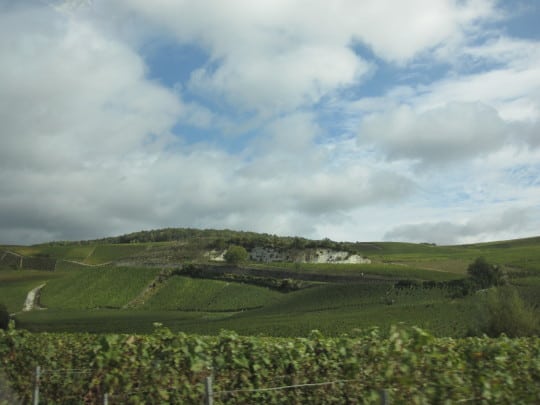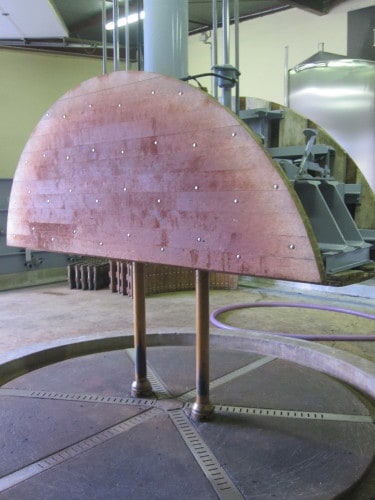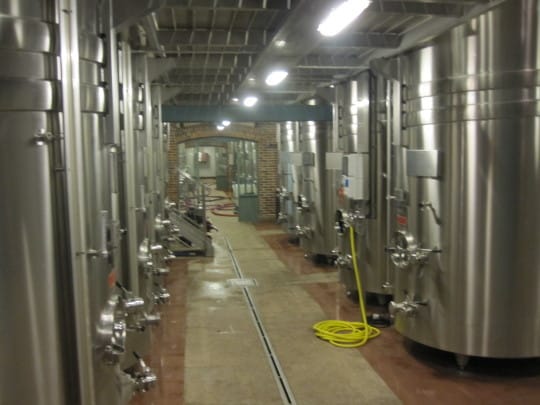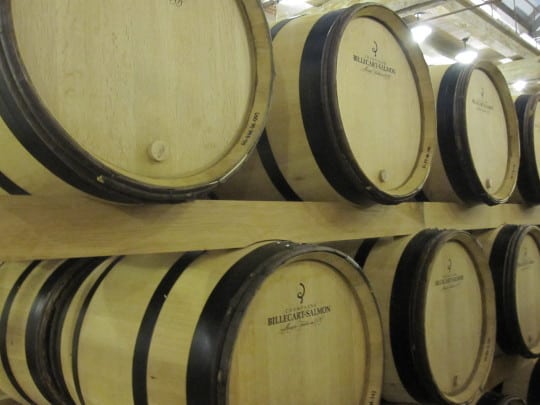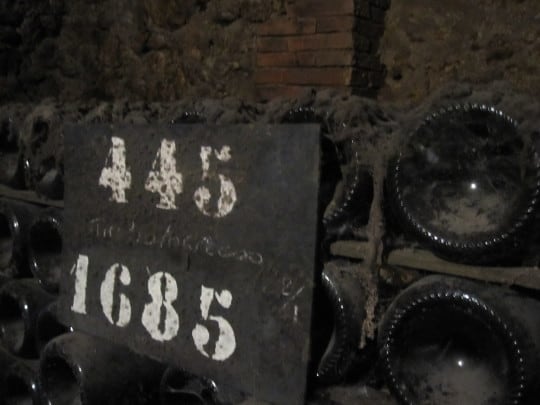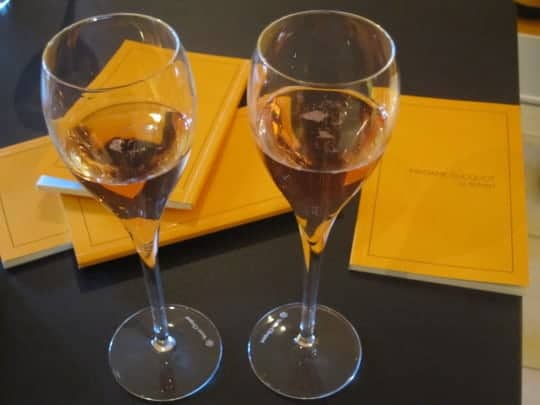I'm back from vacation and, as with any good vacation, I'm trying to get back into the swing of things with work and the blog. Thanks again to all of my great guest bloggers from the past two weeks.
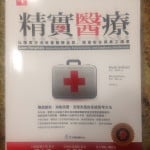 One thing that was waiting for us when my wife and I returned was the Chinese translation of my first book Lean Hospitals. Click the photo for a larger view of the cover. This is the second translation that I have officially received from my publisher (following the Turkish translation) and there are more in the works.
One thing that was waiting for us when my wife and I returned was the Chinese translation of my first book Lean Hospitals. Click the photo for a larger view of the cover. This is the second translation that I have officially received from my publisher (following the Turkish translation) and there are more in the works.
Being on vacation was a great opportunity to relax and get recharged. But, it's always hard to turn off one's Lean thinking, even when away from work… so this blog post is primarily about a really fun and tasty “gemba” in France.
Gemba Time in the Champagne Region
A good part of our time was spent in the champagne-making region of France, outside of Paris. We toured seven champagne houses over two days, so we were very much at the “gemba.” We were able to meet and talk with the winemakers/wine growers at two pretty small producers, where the pride of being the 8th generation family member was really apparent. The winemakers not only had pride in their product, but in the PROCESS that they used. This was also true at the larger producers we visited, including one so large that the tour guide warned us, “Be careful, this is a factory.”
Grapes are grown all throughout the region, generally in small plots (a hectare of “grand cru” land, the best quality, can sell for more than a million euros). There's a heavy emphasis placed on minimizing the time between picking the grapes and giving them their pressing. Some of the producers had two presses, when they really (on average) only needed the capacity of one, but having two meant one was always available when new grapes arrived (focusing on flow, not just efficiency). Pressing the grapes more immediately leads to a better quality champagne, they said.
The larger producers have to use more automated, larger capacity grape presses, but the smaller producers still prefer the gentleness of old-fashioned presses, even if they could afford the new ones. So the focus isn't just on flow, but also quality (and you can maybe see how these ideas go hand in hand). The press pictured below can handle four tons of grapes. We also saw a much older one-ton press that was even more manual.
One producer had a multiple-story building and he was very proud of how the entire process flowed down naturally using gravity (instead of using pumps). He felt this gentle treatment, again, led to a better product. Grape juice flowed down from the press into tanks, and then down naturally from there, as wine was eventually mixed and bottled. It was really interesting to see a different example of flow and how that can impact quality.
Grape juice is fermented and turned into wine – either in stainless steel tanks or oak barrels, or some mix. That variation in practice, the art of champagne making, is part of the reason different champagnes taste different (beyond the impact of the “terroir” – the soil and weather) and other factors. One winemaker talked about how he will experiment and try new things, but it can take a year or more to gauge the impact of an experiment since wine ferments and then ages in bottles for many years. Some winemakers blend the wine and then age it, but most age their different grapes separately (champagne is generally made of three grapes: Pinot noir, Chardonnay and Pinot Meunier).
All of the tanks and barrels are inventory, but they are also value-adding steps, since the juice and then wine are being converted and improve over time.
Some of the wineries have caves (dug from the underground chalk deposits) that might store millions of bottles of champagne, as they age in the bottle. They have some “defects” where the bottom of a glass champagne bottle will blow out from the natural carbonation if there is a flaw in the glass. So, they don't get 100% yield.
In the damp chalk caves, there is often a lot of fungus that grows from the ceiling and ON the bottles… the bottles are washed before being labeled and sold, of course.
It's hard to NOT to enjoy seeing people show and describe what they do. As we were told, making champagne requires “patience and passion.” The people we met had a lot of both.
Some final product:
Pictured above are two rose champagnes from Veuve Cliquot. The guide described how the CEO in the early 1900s (who followed the famed Madame Cliquot) worked in every single department so he understood how things worked – to be a more effective CEO.
There were some other Lean thoughts that occurred to me during our trip… but that's it for now.
Please scroll down (or click) to post a comment. Connect with me on LinkedIn.
Let’s build a culture of continuous improvement and psychological safety—together. If you're a leader aiming for lasting change (not just more projects), I help organizations:
- Engage people at all levels in sustainable improvement
- Shift from fear of mistakes to learning from them
- Apply Lean thinking in practical, people-centered ways
Interested in coaching or a keynote talk? Let’s talk.
Join me for a Lean Healthcare Accelerator Trip to Japan! Learn More



